Top Things to Know Before Buying Trailing House Plants
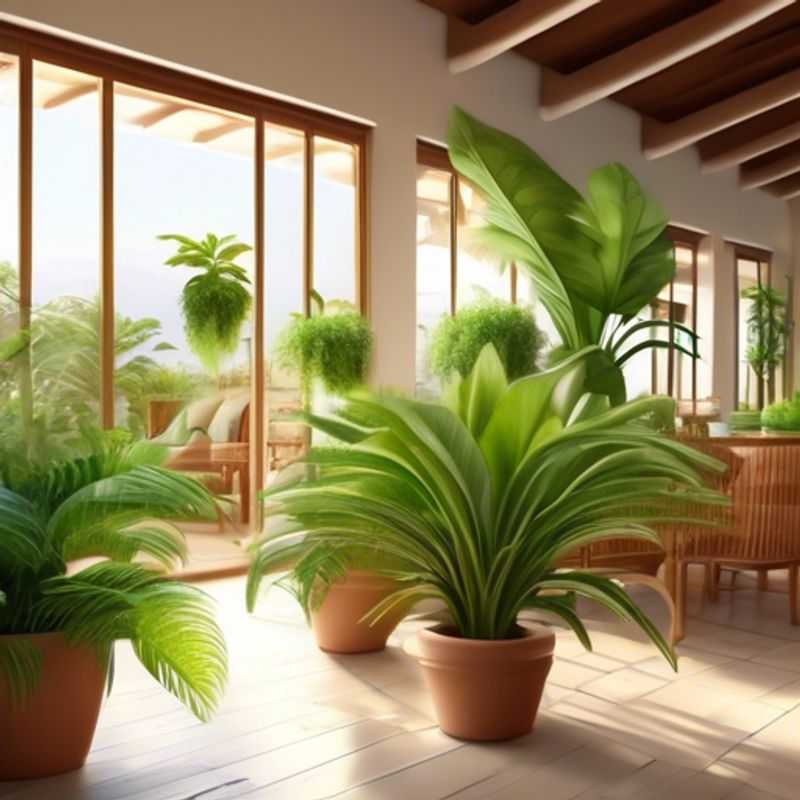
Top Things to Know Before Buying Trailing House Plants: Light & Humidity, Mature Size, Watering Needs, Growth Habits, Pest & Disease Inspection, Toxicity, Potting Soil & Container
Ah, trailing houseplants.

Unlocking the Secrets of Light and Humidity for Plant Thriving
Understanding the specific light and humidity requirements for a plant species is crucial for its successful growth. Different plants have varying needs, and meeting these requirements can determine whether they thrive or struggle. Light is a key factor for photosynthesis, the process plants use to create energy. Some plants require ample sunlight, while others prefer shaded conditions. Similarly, humidity affects a plant's ability to absorb moisture. Some plants flourish in humid environments, while others are adapted to drier conditions. Knowing the specific light and humidity needs of a plant helps you choose the right location for it and provide appropriate care. This ensures the plant receives adequate light, humidity, and other essential resources for healthy growth.
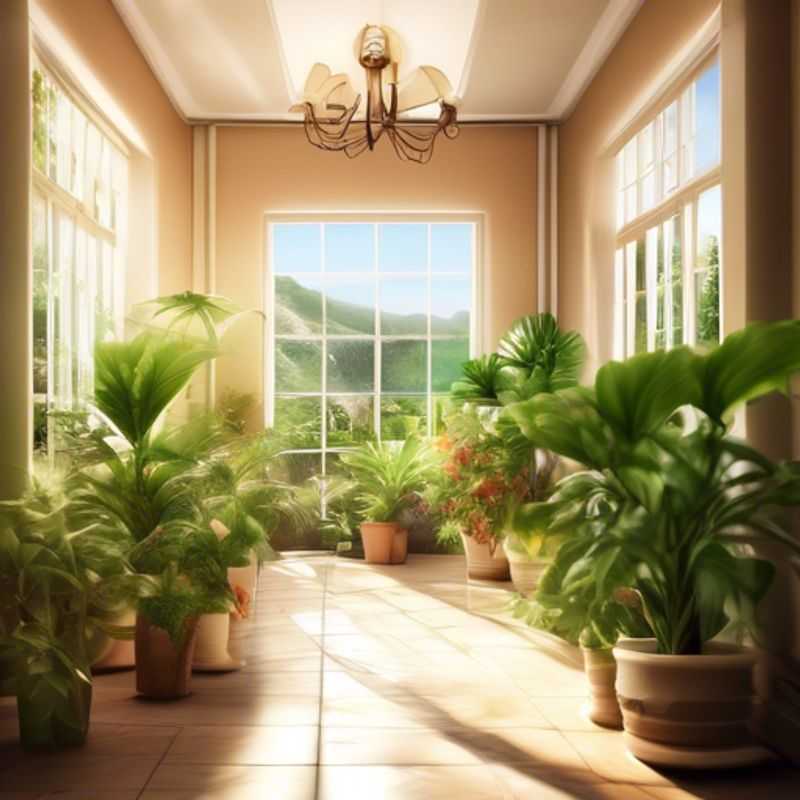
Planting with Purpose: Researching Mature Plant Size for Perfect Fit
Ah, the thrill of choosing a new plant! But before you get swept away by the beauty of a blossoming bud, let's get practical. Researching the mature size of your plant is crucial. Why? Because a tiny seedling can morph into a behemoth, taking over your entire yard or, in the case of indoor plants, swallowing your precious living space.
Consider this: a delicate little succulent, charming in its petite pot, can easily become a sprawl of prickly leaves if you don't account for its mature size. The same goes for a graceful vine—it might start as a charming accent, but with improper planning, it could become a jungle-like mess.
Luckily, there are ways to predict the mature size of your plant. First, a quick online search for the plant's species can yield valuable information. Second, check out the plant tag at the nursery—it often includes a projected height and width.
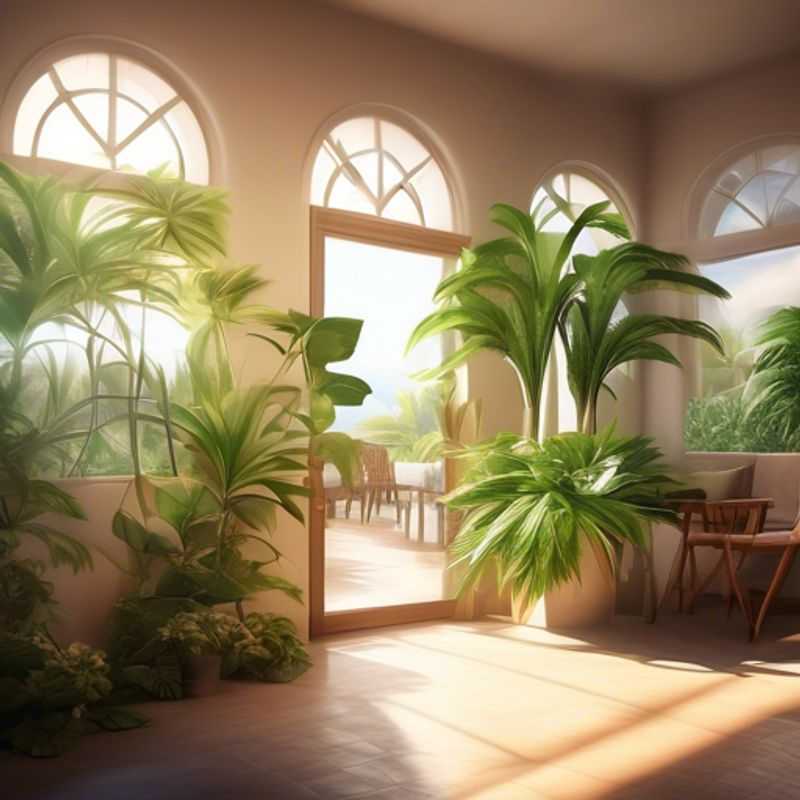
Watering Wisdom: Matching Plants' Needs to Your Home's Environment
Watering plants properly is crucial for their health and vitality. Understanding a plant's individual needs is key. While there's no one-size-fits-all approach, here are some general guidelines.
Soil moisture is the most important indicator. Stick your finger into the soil about 2 inches deep. If it feels dry, it's time to water.
Pot size plays a significant role. Smaller pots dry out faster than larger ones. The material of the pot also matters: terracotta pots are porous and allow water to evaporate, while plastic pots retain moisture longer.
Environmental factors like temperature, humidity, and light levels influence water needs. Plants in warmer climates need more frequent watering than those in cooler climates.
Overwatering can be just as detrimental as underwatering. Signs of overwatering include wilting, yellowing leaves, and root rot. Allow the soil to dry out slightly between waterings.
Watering methods vary. Water deeply and thoroughly, ensuring that the entire root system is moistened. Use a watering can or a hose with a gentle spray setting. Avoid overwatering, allowing excess water to drain away.
Regularly check your plants for signs of distress, adjusting watering practices accordingly. Keep in mind that each plant has its unique needs. Researching specific plant care information will help you determine the optimal watering schedule for your particular plant.
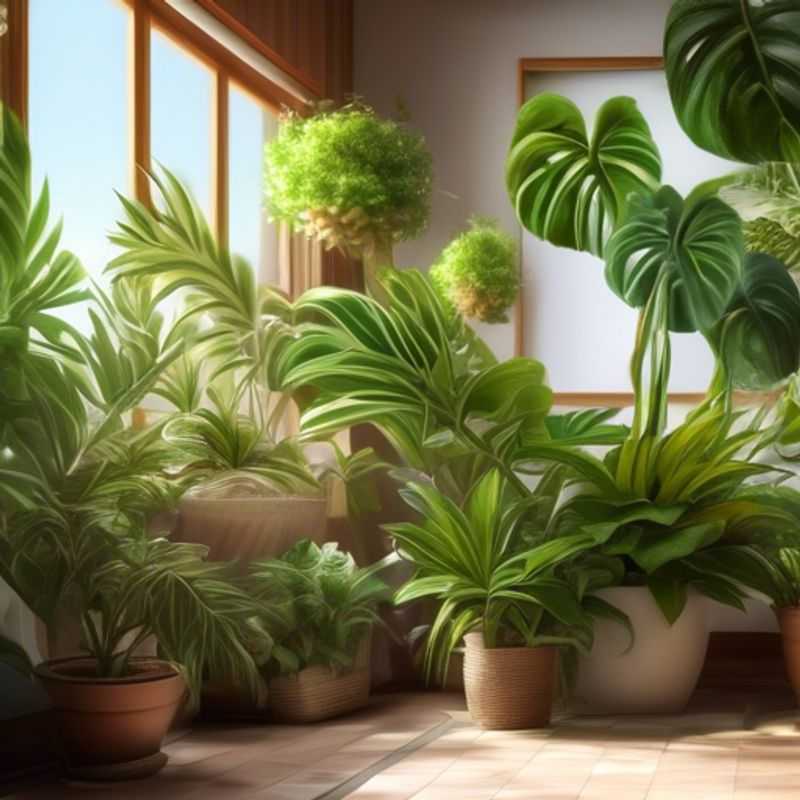
Understanding Plant Growth Habits: Trailing vs. Upright for Perfect Placement
Understanding a plant's growth habit is crucial for successful gardening. Growth habits, such as trailing or upright, determine how a plant will physically grow and spread. This information helps you plan the placement of your plants effectively, ensuring they have enough space and don't overcrowd each other.
Trailing plants, also known as cascading or vining plants, tend to grow downwards or sideways. They are perfect for hanging baskets, containers, or as ground cover. Examples include sweet potato vine, trailing geraniums, and creeping jenny.
Upright plants, on the other hand, grow vertically. These plants are ideal for borders, backdrops, or as focal points in your garden. Examples include sunflowers, tomatoes, and lavender.
Consider the mature size of the plant when choosing its location. A small plant might look charming now, but it could quickly outgrow its space. Researching a plant's mature size and growth habit helps ensure its long-term success.
Don't forget to check for light requirements. Plants thrive in specific light conditions. Some prefer full sun, while others thrive in shade. Understanding your plant's needs will help you place it in the right spot.
Keep in mind, these are just general guidelines. There are many other factors to consider when planning your garden, such as soil type, climate, and pest resistance. Researching specific plants and their needs is always recommended.
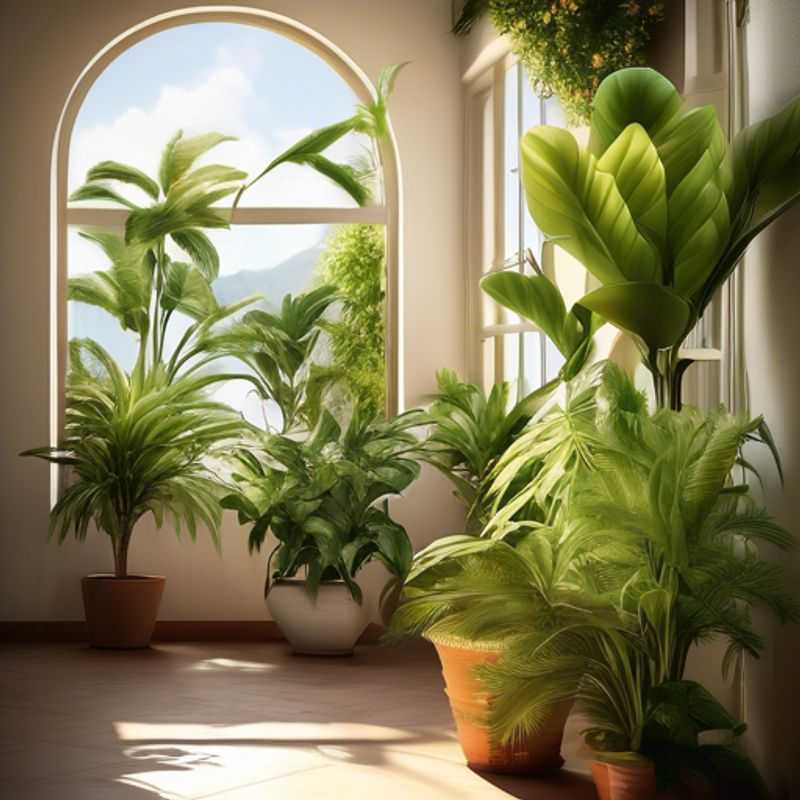
Inspecting Your New Plant: A Guide to Spotting Pests and Diseases
Before purchasing a plant, it's crucial to thoroughly inspect it for any signs of pests or diseases. This simple step can save you from bringing unwanted hitchhikers into your home and potentially infecting your other plants.
Here's what to look for during your plant inspection:
Examine the leaves for any discoloration, spots, holes, or webbing. These could be signs of fungal infections, insect infestations, or even nutritional deficiencies. Check the stems for any unusual growths, wilting, or soft spots. These might indicate stem rot or other diseases.
Look closely at the underside of the leaves for tiny insects or their eggs. Be sure to examine the soil for any signs of pests like fungus gnats or root mealybugs. It's also essential to check the plant's overall health. A healthy plant will have vibrant foliage, firm stems, and well-developed roots.
If you notice any signs of pests or diseases, it's best to avoid purchasing that plant. It's always worth investing in a healthy plant to ensure its long-term health and enjoyment.
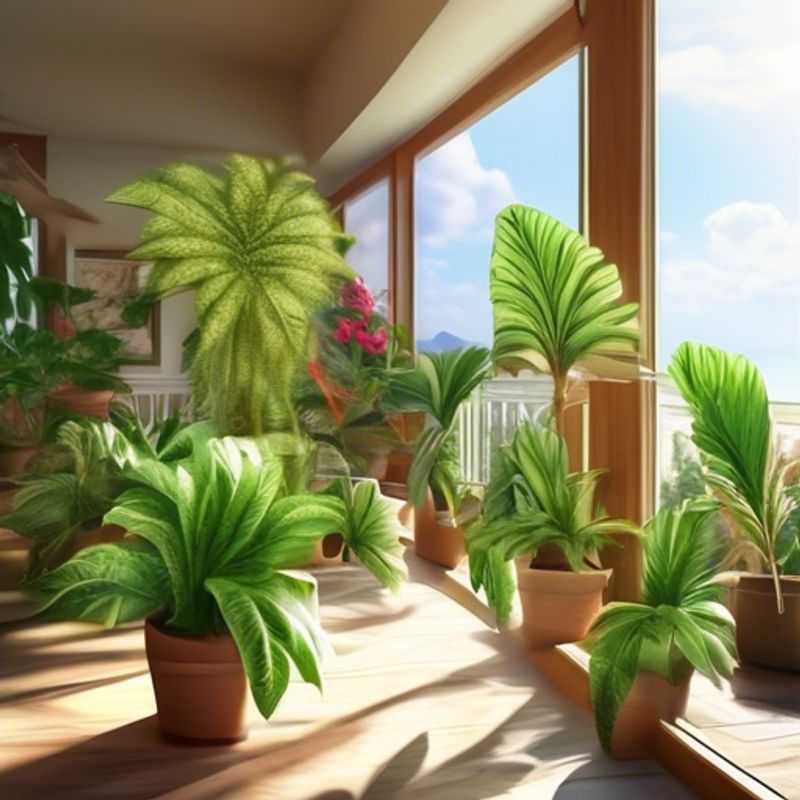
Pet and Child Safety: Understanding Plant Toxicity
When considering plant toxicity in households with pets or young children, it is crucial to be aware of the types of plants you introduce into your living space. Many common houseplants can be harmful if ingested, leading to symptoms ranging from mild gastrointestinal upset to severe health issues. For instance, plants like philodendrons, pothos, and lilies are known to be toxic to both cats and dogs, while some can cause serious reactions in children.
It is essential to research and choose non-toxic alternatives such as spider plants, bamboo palms, or Boston ferns, which are safe for pets and children. Always keep plants out of reach to minimize the risk of ingestion. Additionally, consider using plant identification apps to quickly verify the toxicity of any plant you may acquire.
In terms of costs, if you opt for professional consultations or services to assess your home for potential hazards, this could involve fees. Furthermore, purchasing non-toxic plants may sometimes be more expensive than their toxic counterparts. It is also wise to invest in educational materials about plant safety for your household.
Ultimately, prioritizing awareness and safety is key when selecting plants for a home with pets or young children. Always err on the side of caution and consult reliable sources for more detailed information.
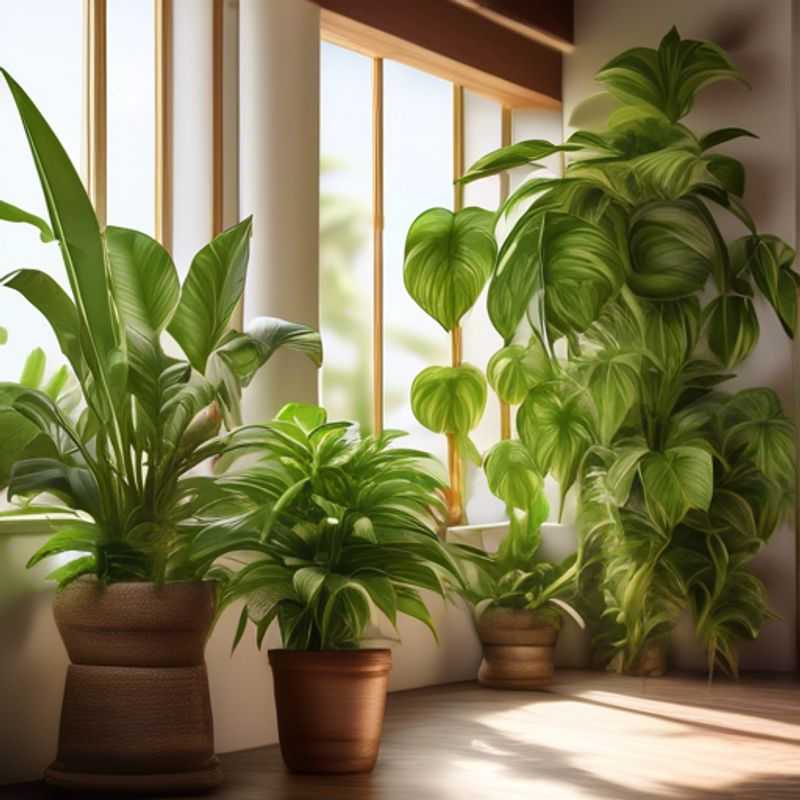
Potting Perfection: The Right Soil and Container for Your Plants
The right potting soil and container are crucial for plant health. Choosing the right soil type is key - it should be well-draining, rich in nutrients, and have a pH suitable for your plant. For instance, cacti and succulents prefer a sandy, well-draining mix, while acid-loving plants like rhododendrons thrive in acidic soil. Consider using pre-mixed potting soil formulated for specific plant types or DIY your own mix with peat moss, compost, and perlite.
The container you choose should be the right size for your plant and allow for proper drainage. A good rule of thumb is to choose a container that is only slightly larger than the plant's root ball. This helps prevent root rot and ensures the plant has sufficient space to grow. Material is also important: clay pots dry faster than plastic ones, which can be advantageous for certain plants.
Remember to check for drainage holes - this allows excess water to escape, preventing root damage. If you're repotting, be sure to gently loosen the roots and remove any old, compacted soil.
